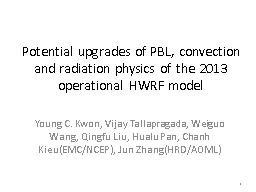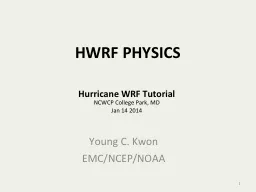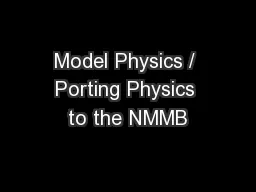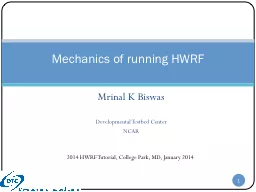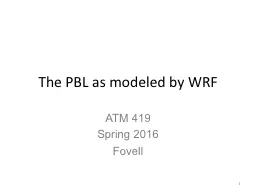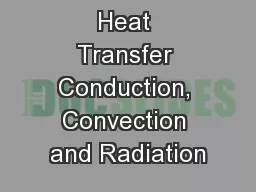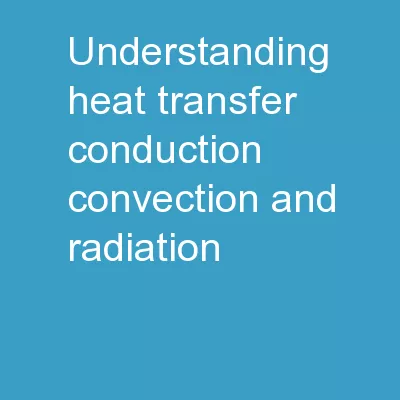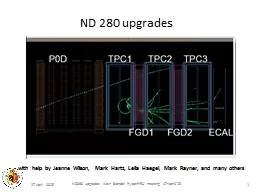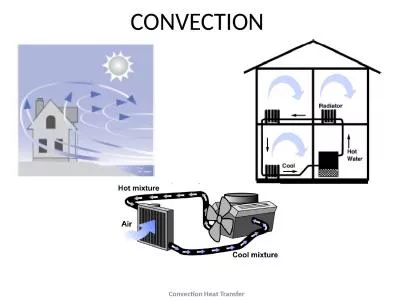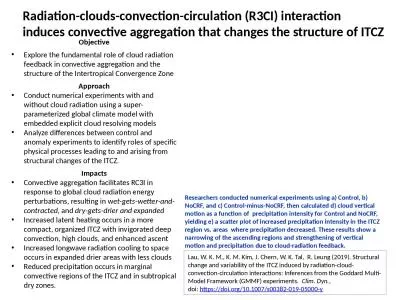PPT-Potential upgrades of PBL, convection and radiation physics of the 2013 operational HWRF
Author : phoebe-click | Published Date : 2018-12-12
Young C Kwon Vijay Tallapragada Weiguo Wang Qingfu Liu Hualu Pan Chanh Kieu EMCNCEP Jun ZhangHRDAOML 1 Baseline H130 Physics upgrades Combined H213 PBLH131
Presentation Embed Code
Download Presentation
Download Presentation The PPT/PDF document "Potential upgrades of PBL, convection an..." is the property of its rightful owner. Permission is granted to download and print the materials on this website for personal, non-commercial use only, and to display it on your personal computer provided you do not modify the materials and that you retain all copyright notices contained in the materials. By downloading content from our website, you accept the terms of this agreement.
Potential upgrades of PBL, convection and radiation physics of the 2013 operational HWRF: Transcript
Download Rules Of Document
"Potential upgrades of PBL, convection and radiation physics of the 2013 operational HWRF"The content belongs to its owner. You may download and print it for personal use, without modification, and keep all copyright notices. By downloading, you agree to these terms.
Related Documents

